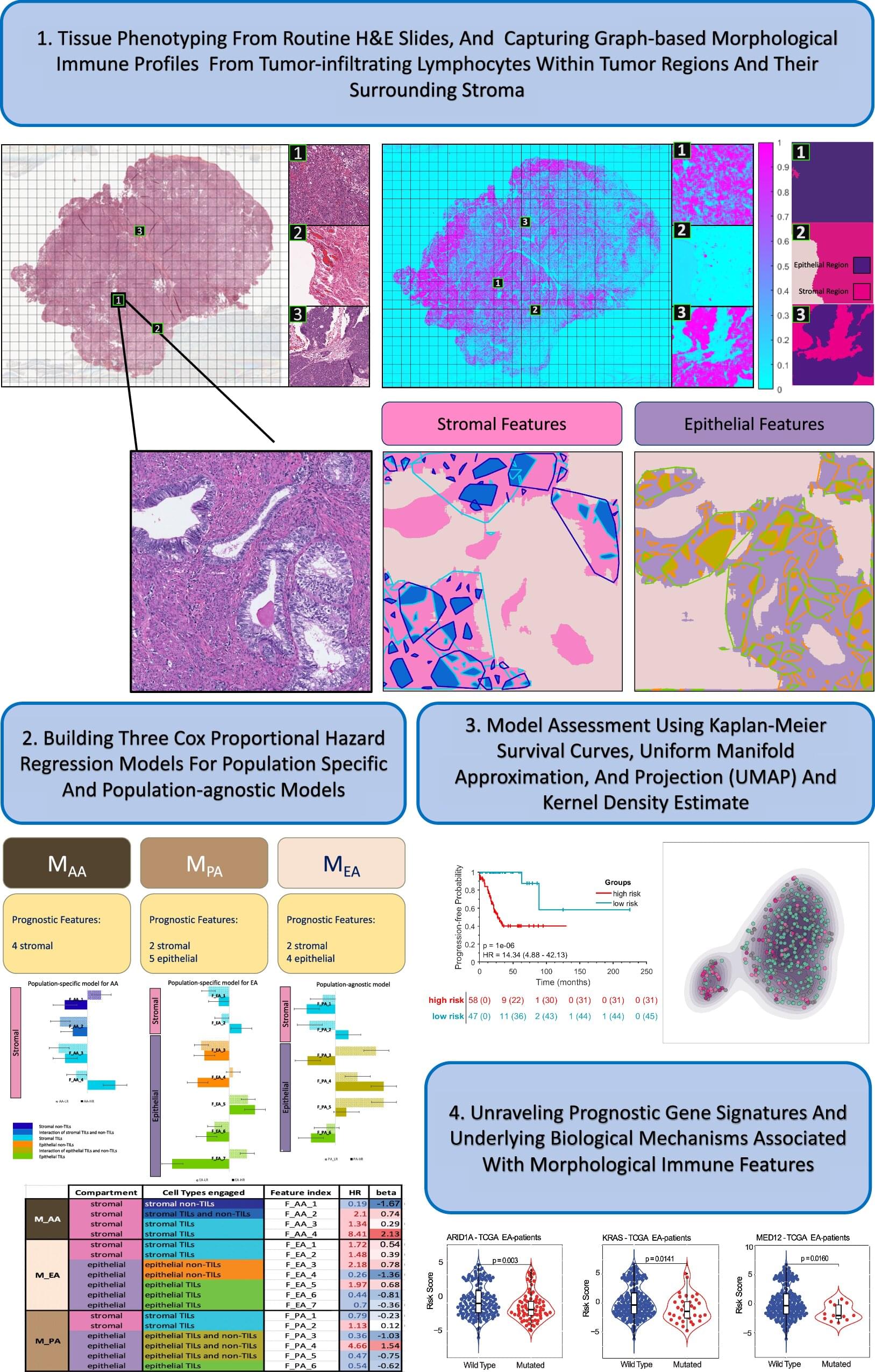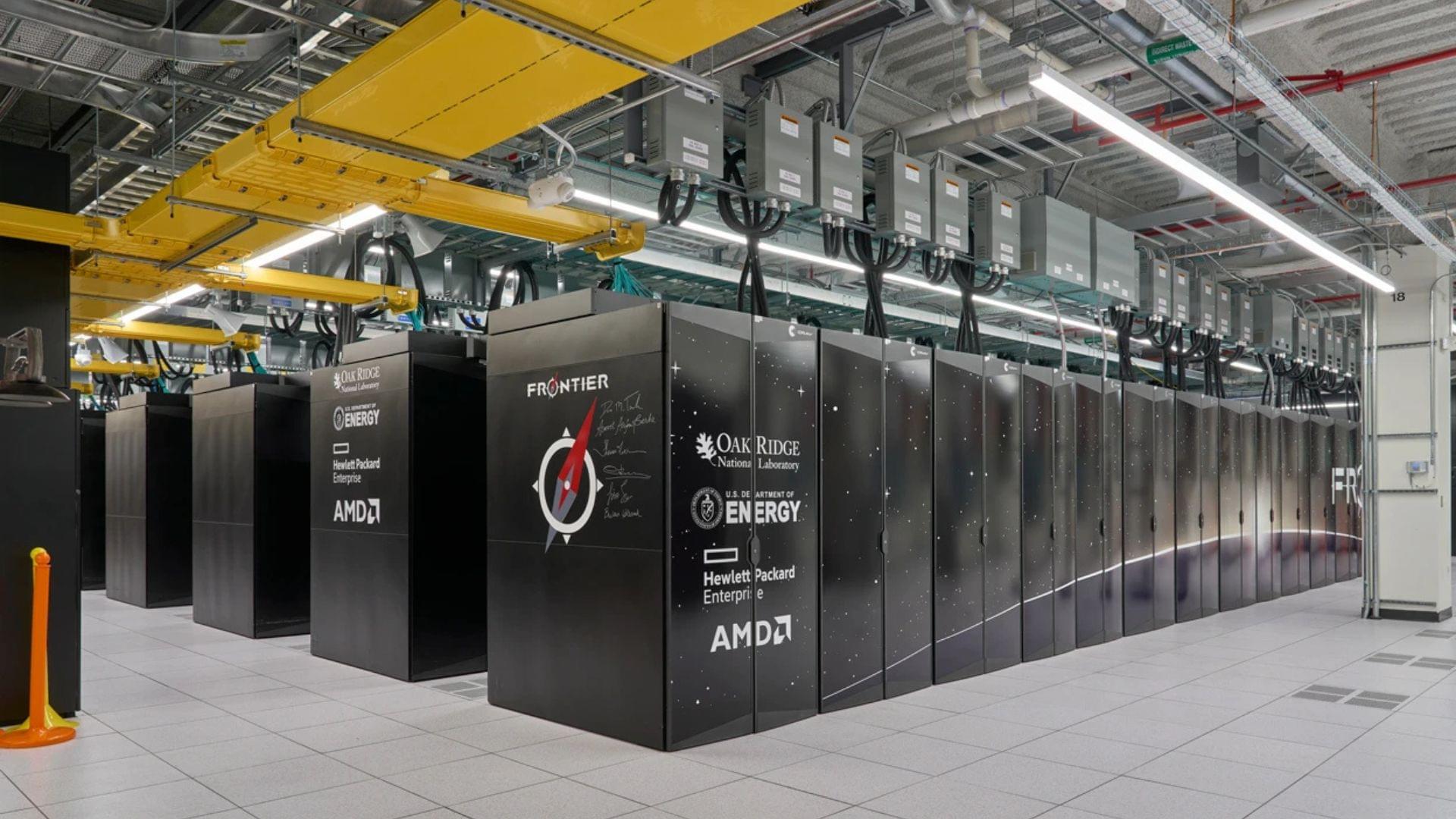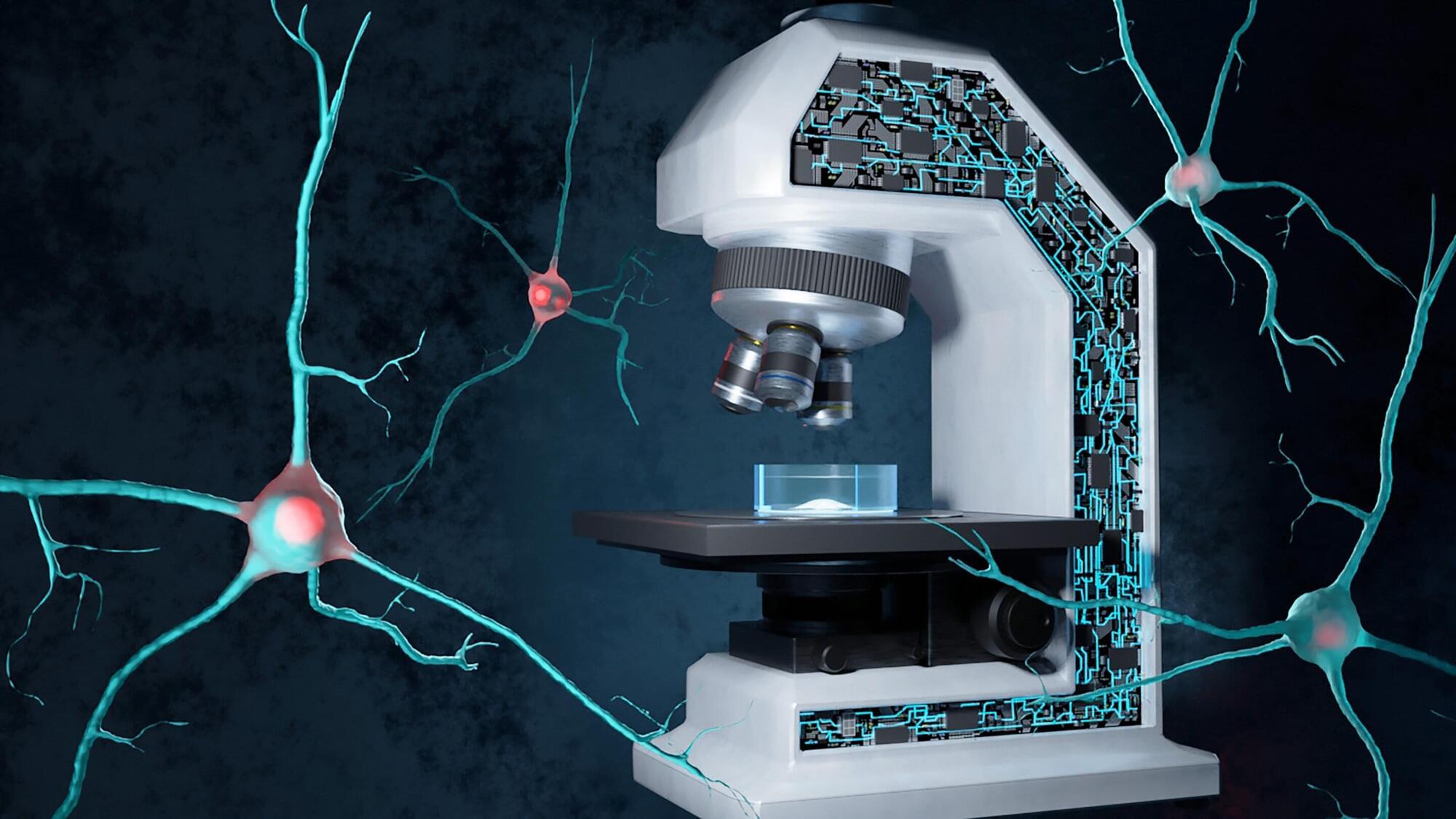The President’s long-awaited plan outlines dozens of steps aimed at establishing U.S. dominance in the technology.




Endometrial cancer—in which tumors develop in the inner lining of the uterus—is the most prevalent gynecological cancer in American women, affecting more than 66,000 women a year. Black women are particularly at risk, with an 80% higher mortality rate than other demographic groups and a greater chance of contracting more aggressive cancer subtypes.
Regardless of lifestyle choices and health care equity, studies still show Black women have lower survival rates. A team of Emory researchers wondered: Could that poorer prognosis in Black women be caused by pathologic and genetic differences as well?
“Racism and equitable access to health care certainly play a big role in the increased mortality for populations of color,” says Anant Madabhushi, executive director of the Emory Empathetic AI For Health Institute. “But with endometrial cancer, it may not completely explain the difference in mortality.



We use essential cookies to make sure the site can function. We also use optional cookies for advertising, personalisation of content, usage analysis, and social media.
By accepting optional cookies, you consent to the processing of your personal data — including transfers to third parties. Some third parties are outside of the European Economic Area, with varying standards of data protection.
See our privacy policy for more information on the use of your personal data.

The accumulation of misfolded proteins in the brain is central to the progression of neurodegenerative diseases like Huntington’s, Alzheimer’s and Parkinson’s. But to the human eye, proteins that are destined to form harmful aggregates don’t look any different than normal proteins.
The formation of such aggregates also tends to happen randomly and relatively rapidly—on the scale of minutes. The ability to identify and characterize protein aggregates is essential for understanding and fighting neurodegenerative diseases.
Now, using deep learning, EPFL researchers have developed a ‘self-driving’ imaging system that leverages multiple microscopy methods to track and analyze protein aggregation in real time—and even anticipate it before it begins. In addition to maximizing imaging efficiency, the approach minimizes the use of fluorescent labels, which can alter the biophysical properties of cell samples and impede accurate analysis.



Optical sensors have undergone significant evolution, transitioning from discrete optical microsystems toward sophisticated photonic integrated circuits (PICs) that leverage artificial intelligence (AI) for enhanced functionality. This review systematically explores the integration of optical sensing technologies with AI, charting the advancement from conventional optical microsystems to AI-driven smart devices. First, we examine classical optical sensing methodologies, including refractive index sensing, surface-enhanced infrared absorption (SEIRA), surface-enhanced Raman spectroscopy (SERS), surface plasmon-enhanced chiral spectroscopy, and surface-enhanced fluorescence (SEF) spectroscopy, highlighting their principles, capabilities, and limitations. Subsequently, we analyze the architecture of PIC-based sensing platforms, emphasizing their miniaturization, scalability, and real-time detection performance. This review then introduces the emerging paradigm of in-sensor computing, where AI algorithms are integrated directly within photonic devices, enabling real-time data processing, decision making, and enhanced system autonomy. Finally, we offer a comprehensive outlook on current technological challenges and future research directions, addressing integration complexity, material compatibility, and data processing bottlenecks. This review provides timely insights into the transformative potential of AI-enhanced PIC sensors, setting the stage for future innovations in autonomous, intelligent sensing applications.